In the dynamic landscape of industrial operations, the efficient and reliable transfer of powdered materials is paramount. At CarMax Vehicle, we specialize in developing cutting-edge powder transfer systems that not only meet but exceed industry standards. This comprehensive guide delves into the intricacies of powder transfer systems, elucidating their working principles, components, types, applications, and the unparalleled advantages offered by CarMax Trailer’s solutions.
What is a Powder Transfer System?
A powder transfer system is an engineered setup designed to transport powdered materials from one location to another within an industrial environment. These systems are integral in various sectors, including pharmaceuticals, food processing, chemicals, and manufacturing. The primary objective is to ensure the seamless movement of powders, maintaining their integrity, minimizing contamination, and optimizing operational efficiency.
Key Components of a Powder Transfer System
Understanding the working principle of powder transfer systems necessitates a deeper look into their constituent components. Each element plays a critical role in ensuring the system’s overall functionality and efficiency.
| Component | Function |
|---|---|
| Conveyors | Facilitate the movement of powder from the source to the destination. |
| Hoppers | Serve as storage units that temporarily hold the powdered material. |
| Pumps and Blowers | Generate the necessary airflow or pressure to propel the powder through pipes. |
| Pipelines | Transport the powdered material between different system components. |
| Valves and Filters | Regulate the flow and ensure the purity of the powder by filtering contaminants. |
| Control Systems | Monitor and manage the entire transfer process, ensuring precision and safety. |
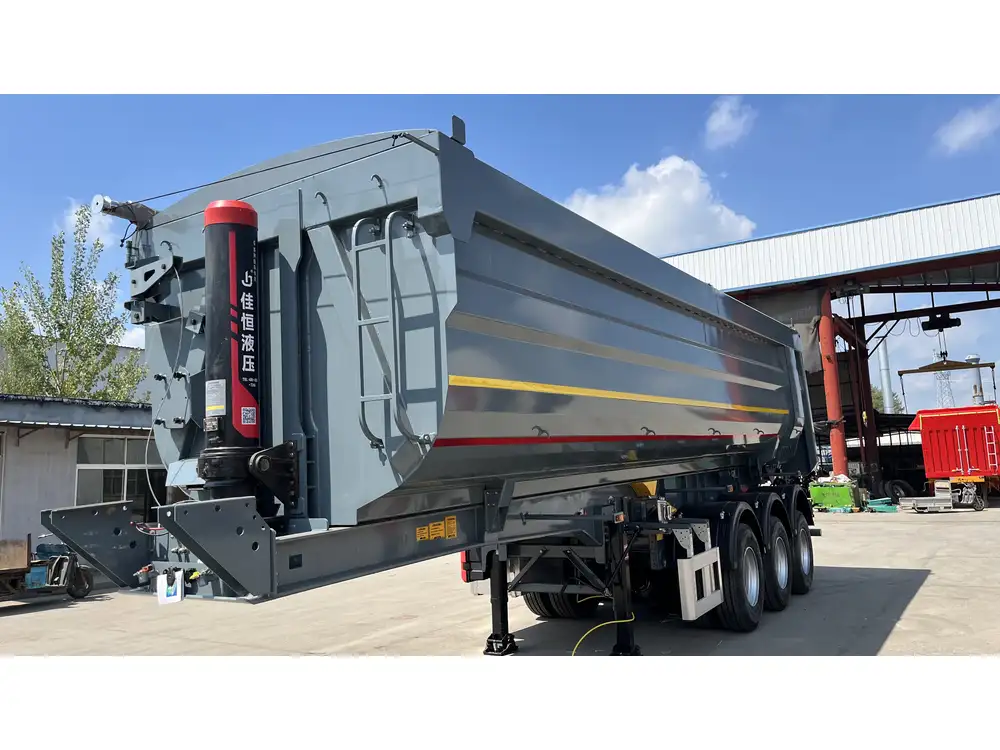
Working Principle of Powder Transfer Systems
At the heart of every powder transfer system lies a meticulously orchestrated process that ensures the efficient movement of powders. The working principle can be broken down into several key stages:
1. Feeding Mechanism
The process begins with the controlled feeding of powder into the system. This is typically achieved through hoppers or feeders that regulate the quantity and rate at which the powder enters the transfer system. Precision in this stage is crucial to prevent overloading and ensure consistent flow.
2. Conveying Mechanism
Once fed, the powder needs to traverse the distance to its destination. This is where conveying mechanisms like pneumatic conveyors, augers, or vacuum systems come into play. Each method employs a unique approach:
- Pneumatic Conveying: Utilizes air pressure to push the powder through pipelines.
- Auger Conveying: Employs screw-like augers to transport the powder mechanically.
- Vacuum Conveying: Creates a vacuum to draw the powder through the system.
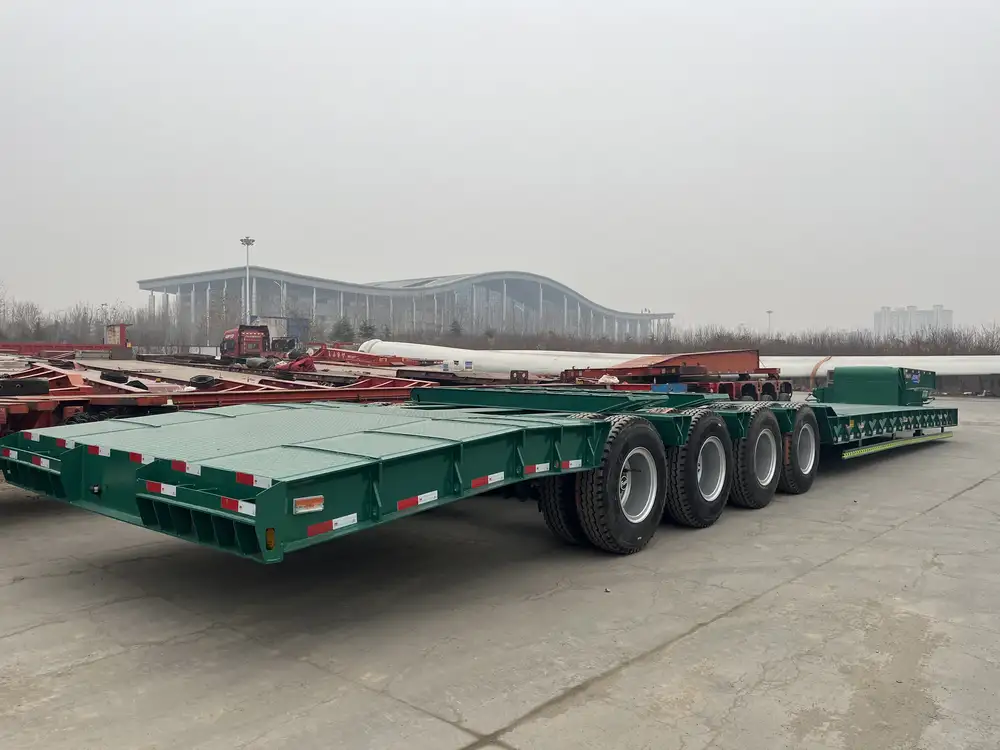
3. Control Systems
Modern powder transfer systems are equipped with sophisticated control systems that oversee the entire operation. These systems manage variables such as flow rate, pressure, and temperature, ensuring optimal performance. They also incorporate safety features to detect and mitigate potential issues like blockages or leaks.
4. Delivery and Dispensing
The final stage involves the precise delivery and dispensing of the powder at the desired location. This could be another processing unit, packaging area, or storage facility. Accurate delivery is essential to maintain the quality of the powdered product and streamline downstream processes.
Types of Powder Transfer Systems
Different industrial applications necessitate varying approaches to powder transfer. Understanding the types of systems available helps in selecting the most suitable solution for specific operational needs.
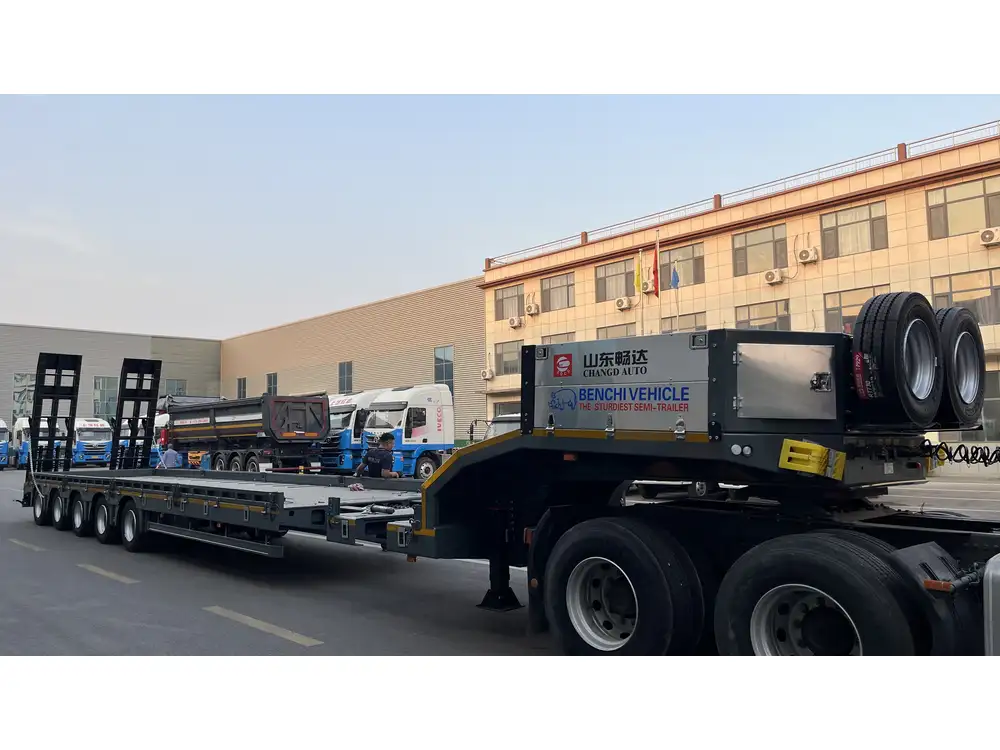
Pneumatic Conveying Systems
Pneumatic systems are widely favored for their versatility and efficiency. They use air streams to transport powders through pipelines, offering the flexibility to cover long distances and navigate complex layouts. These systems are ideal for materials that are free-flowing and non-abrasive.
Advantages:
- High-speed transfer
- Minimal mechanical wear
- Suitable for multiple materials
Applications:
- Food and beverage processing
- Pharmaceutical manufacturing
- Chemical processing
Auger Conveying Systems
Auger systems employ a rotating screw to move powder vertically or horizontally. These are particularly effective for handling bulk materials and are often used in environments where precision and control are paramount.
Advantages:
- Precise metering capabilities
- Robust and durable
- Suitable for viscous or sticky powders
Applications:
- Agriculture and feed production
- Cement and construction materials
- Plastics and polymer industries
Vacuum Conveying Systems
Vacuum systems create a negative pressure environment to draw powder through the transfer lines. These are highly efficient for transferring fine and lightweight powders, ensuring minimal loss and contamination.
Advantages:
- Low energy consumption
- Clean and dry transfer
- Ideal for sensitive materials
Applications:
- Electronics manufacturing
- Pharmaceutical packaging
- Powder coating processes
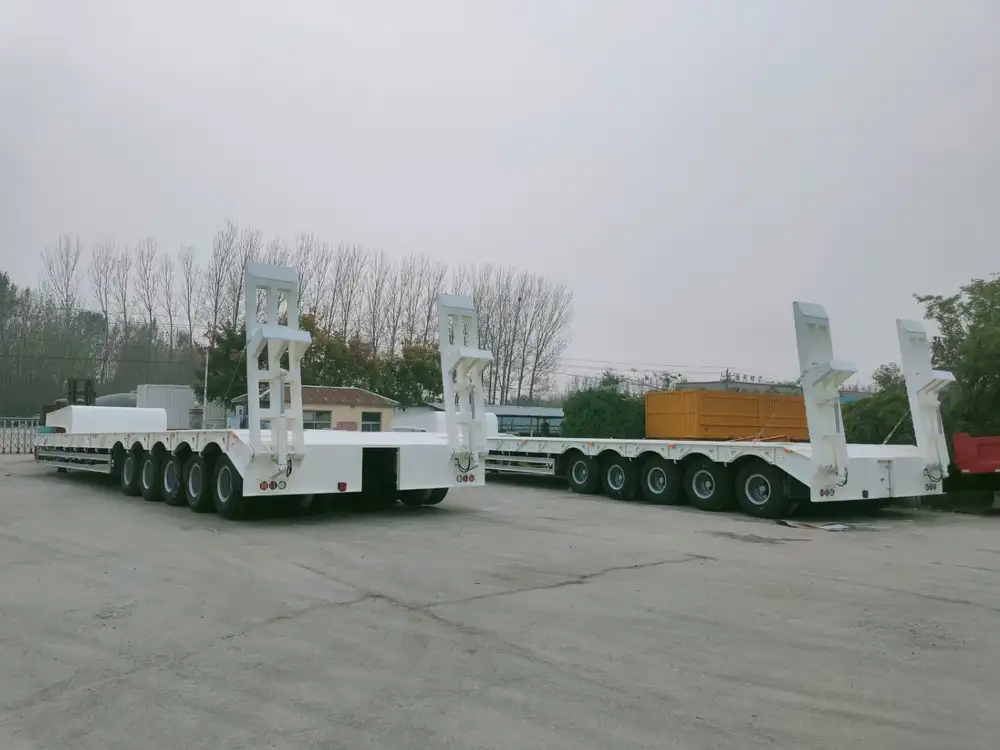
Applications of Powder Transfer Systems
Powder transfer systems are indispensable across a multitude of industries, each leveraging the technology to enhance productivity and maintain quality standards.
Pharmaceutical Industry
In pharmaceuticals, precision and hygiene are critical. Powder transfer systems ensure the accurate dispensing of active pharmaceutical ingredients (APIs), minimizing contamination risks and ensuring regulatory compliance.
Food and Beverage Sector
From flour in bakeries to spices in food processing plants, powder transfer systems facilitate the efficient movement of ingredients, ensuring consistency and quality in the final products.
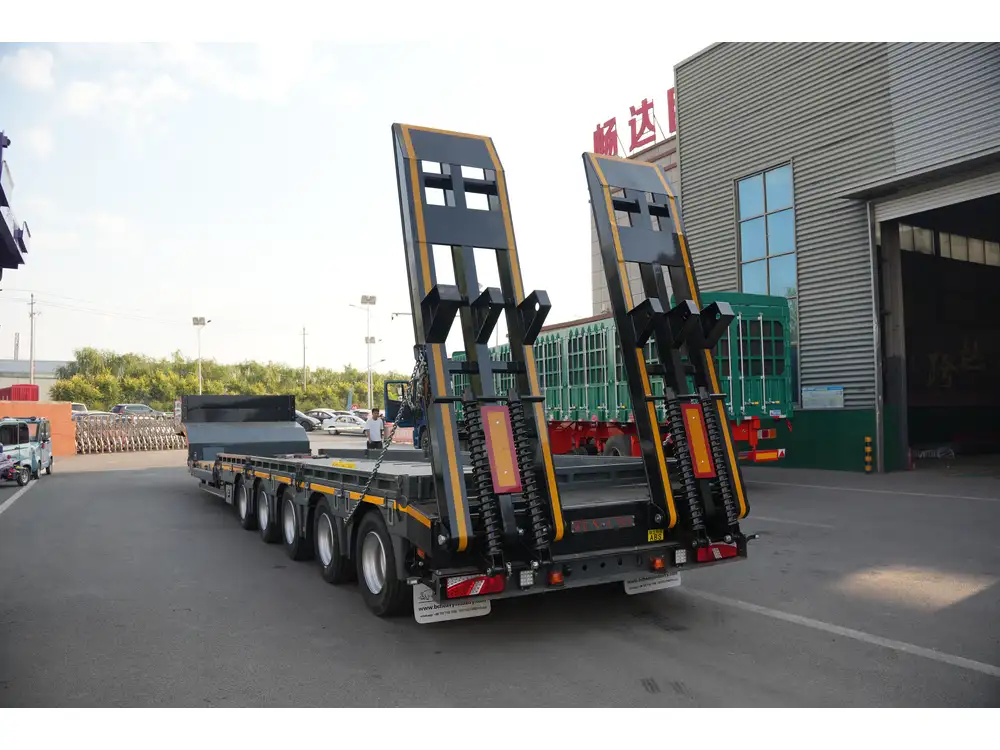
Chemical Manufacturing
Chemical processes often involve handling hazardous powders. Powder transfer systems provide a safe and controlled means of transporting these materials, mitigating risks associated with exposure and contamination.
Agriculture and Feed Production
In agriculture, the movement of feed powders requires systems that can handle large volumes while maintaining nutritional integrity. Powder transfer systems offer reliable solutions for these demanding applications.
Construction and Cement Industry
The construction sector benefits from powder transfer systems in handling cement and other powdered building materials, ensuring seamless operations and reducing downtime.
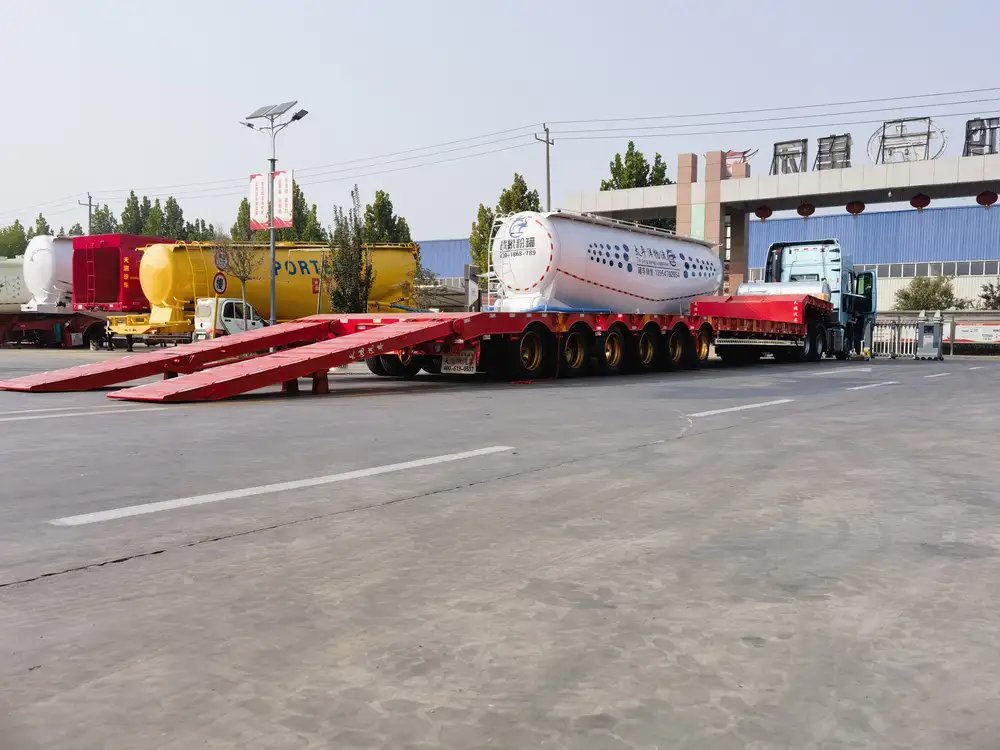
Advantages of CarMax Vehicle’s Powder Transfer Systems
At CarMax Vehicle, we pride ourselves on delivering state-of-the-art powder transfer systems engineered for excellence. Here’s why our solutions stand out:
Innovation and Technology
Our systems incorporate the latest technological advancements, ensuring high efficiency, reliability, and adaptability to various industrial needs.
Customization
We understand that each industry has unique requirements. Our team works closely with clients to design customized powder transfer systems that align perfectly with their operational demands.
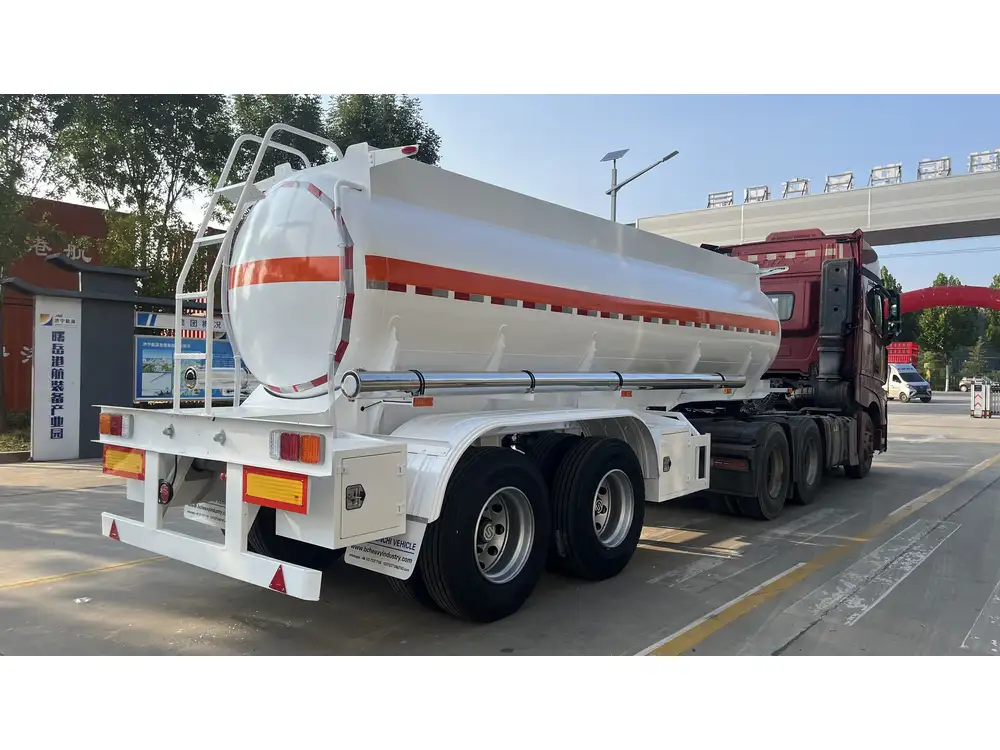
Durability and Reliability
Constructed from high-quality materials, our powder transfer systems are built to withstand the rigors of industrial environments, ensuring long-term performance and minimal maintenance.
Energy Efficiency
Our systems are designed to optimize energy usage, reducing operational costs while maintaining peak performance levels.
Comprehensive Support
From initial consultation to installation and after-sales support, CarMax Vehicle offers comprehensive services to ensure seamless integration and operation of our powder transfer systems.
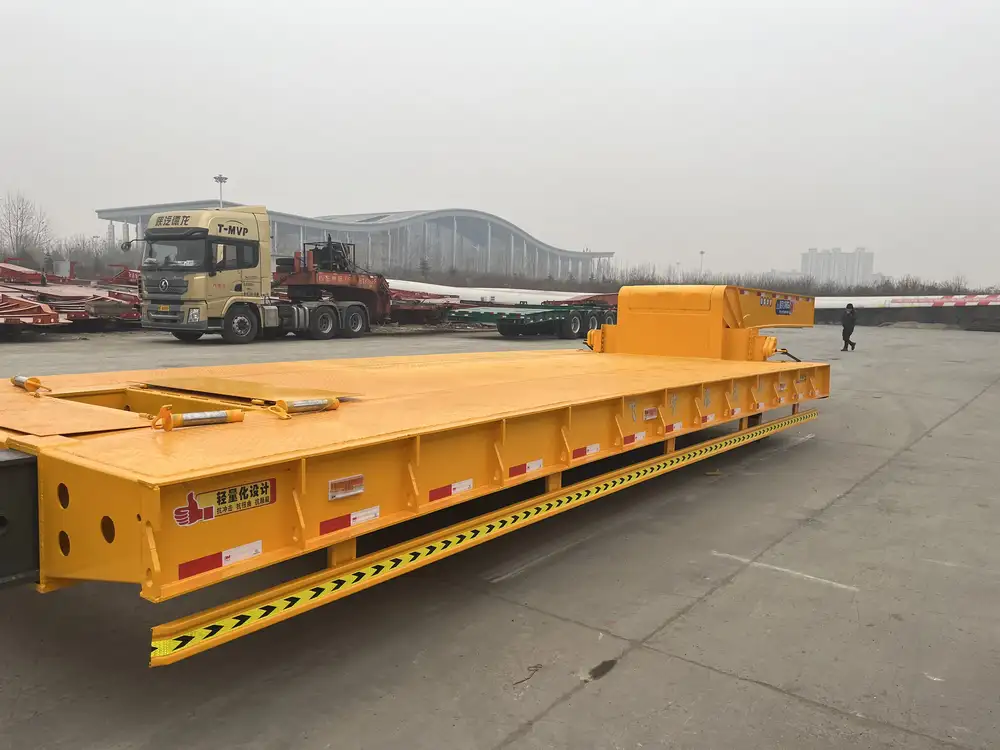
Comparison: Pneumatic vs. Auger vs. Vacuum Conveying Systems
Choosing the right powder transfer system depends on various factors, including the nature of the material, operational requirements, and budget constraints. The table below provides a comparative overview to aid in decision-making.
| Feature | Pneumatic Conveying | Auger Conveying | Vacuum Conveying |
|---|---|---|---|
| Transfer Speed | High | Moderate | Variable |
| Energy Consumption | Higher due to air compression | Moderate | Lower due to efficient pressure control |
| Material Compatibility | Best for free-flowing, non-abrasive powders | Suitable for viscous or sticky materials | Ideal for fine and lightweight powders |
| Maintenance | Requires regular inspection of air systems | Mechanical parts may require periodic maintenance | Minimal, primarily filter and pump checks |
| Cost | Generally higher initial investment | Moderate | Variable based on system complexity |
Maintenance and Best Practices
Ensuring the longevity and optimal performance of powder transfer systems involves adhering to best maintenance practices:
Routine Inspections
Regularly inspect all components, including conveyors, hoppers, and pipelines, for signs of wear and tear. Early detection of issues can prevent major disruptions.

Cleaning Protocols
Implement stringent cleaning protocols to prevent residue build-up, which can affect the efficiency and hygiene of the system. Use appropriate cleaning agents compatible with the powdered material.
Monitoring System Performance
Leverage advanced control systems to continuously monitor performance metrics such as flow rate, pressure, and temperature. This facilitates timely adjustments and enhances system reliability.
Preventative Maintenance
Schedule preventative maintenance activities to replace or refurbish worn-out parts before they fail. This proactive approach minimizes downtime and extends the system’s lifespan.
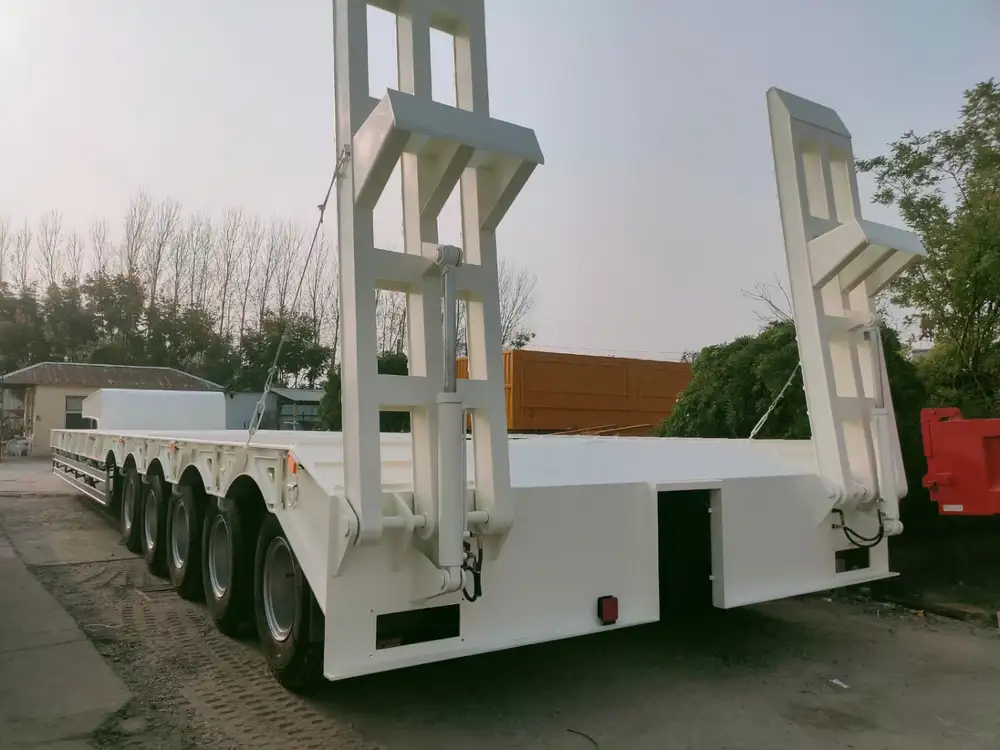
Choosing the Right Powder Transfer System
Selecting the appropriate powder transfer system is a critical decision that impacts operational efficiency, product quality, and cost-effectiveness. Consider the following factors when making your choice:
Material Characteristics
Assess the physical properties of the powder, including particle size, density, and flowability. This knowledge dictates the most suitable conveying method and system design.
Transfer Distance and Layout
Evaluate the distance the powder needs to travel and the spatial constraints of the facility. This influences the selection between horizontal, vertical, or flexible transfer systems.

Operational Requirements
Determine the required transfer speed, capacity, and control precision. These parameters guide the choice of components and system configuration.
Budget Considerations
Balance initial investment costs with long-term operational expenses. Opt for systems that offer the best return on investment through efficiency and durability.
Environmental and Safety Regulations
Ensure the chosen system complies with industry-specific environmental and safety standards, mitigating risks and adhering to regulatory requirements.

Why Choose CarMax Trailer for Your Powder Transfer Needs
At CarMax Vehicle, our commitment to excellence drives us to deliver powder transfer systems that are synonymous with quality, reliability, and innovation. Here’s why partnering with us is the optimal choice:
Expertise and Experience
With years of industry experience, our team possesses the knowledge and skills to design and implement systems tailored to your specific needs.
Cutting-Edge Technology
We leverage the latest technological advancements to enhance system performance, ensuring you benefit from efficient and state-of-the-art solutions.
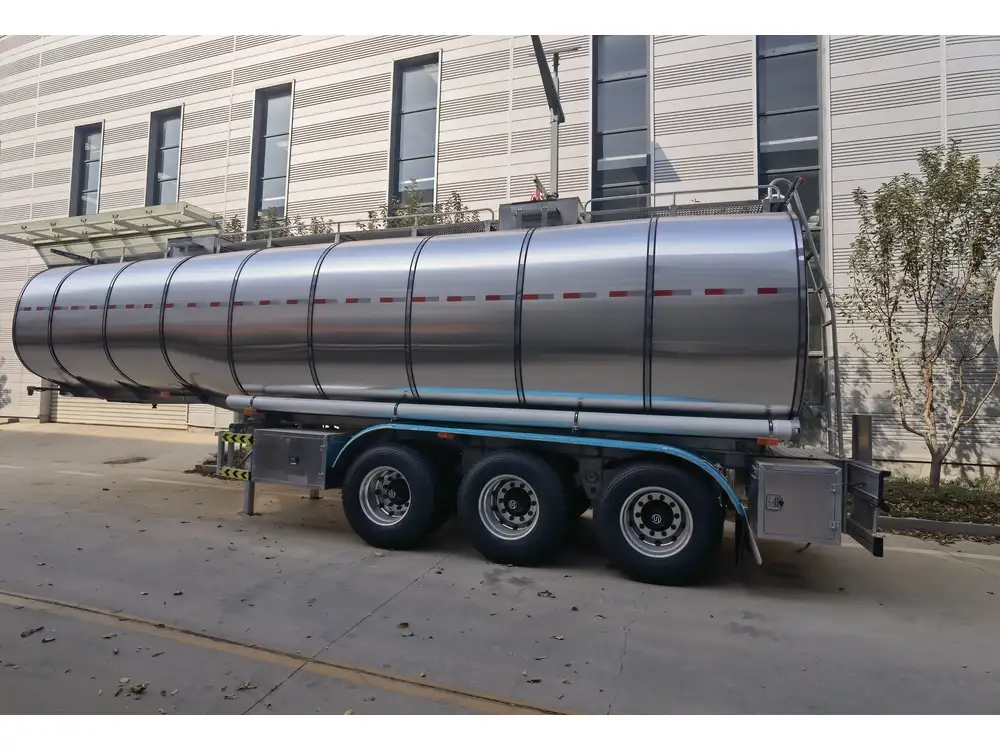
Customer-Centric Approach
Our customer-centric philosophy ensures that we prioritize your requirements, offering personalized services and unwavering support throughout the project lifecycle.
Quality Assurance
We adhere to stringent quality control measures, ensuring that every system we deliver meets the highest standards of performance and durability.
Comprehensive Solutions
From initial consultation to installation and maintenance, CarMax Vehicle provides end-to-end solutions that streamline your operations and boost productivity.
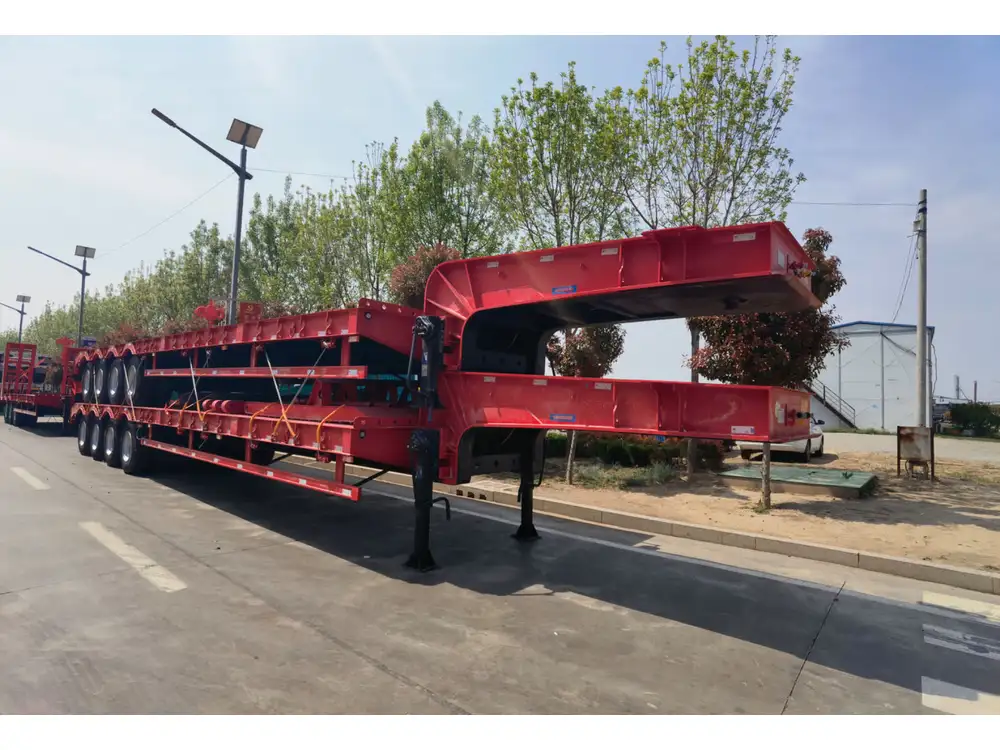
Frequently Asked Questions (FAQs)
1. What factors should I consider when selecting a powder transfer system?
When selecting a powder transfer system, consider the material characteristics, transfer distance and layout, operational requirements, budget constraints, and compliance with environmental and safety regulations.
2. How does pneumatic conveying differ from auger conveying?
Pneumatic conveying uses air pressure to transport powders, making it ideal for long distances and free-flowing materials. Auger conveying, on the other hand, employs a mechanical screw to move powders, offering precise control and suitability for viscous or sticky materials.

3. What maintenance practices are essential for powder transfer systems?
Essential maintenance practices include routine inspections, implementing stringent cleaning protocols, monitoring system performance through control systems, and scheduling preventative maintenance to replace or refurbish worn-out components.
4. Can CarMax Vehicle customize powder transfer systems to specific industrial needs?
Yes, CarMax Vehicle specializes in designing customized powder transfer systems tailored to the unique requirements of various industries, ensuring optimal performance and efficiency.
5. What are the key advantages of choosing CarMax Trailer’s powder transfer systems?
CarMax Trailer’s powder transfer systems offer innovation and technology, customization, durability and reliability, energy efficiency, and comprehensive support, ensuring that your operational needs are met with excellence.
By understanding the nuanced working principles of powder transfer systems and leveraging the sophisticated solutions provided by CarMax Vehicle, your industrial operations can achieve unparalleled efficiency, reliability, and quality. Whether you are looking to optimize existing processes or implement new systems, CarMax Trailer stands ready to partner with you in driving your success.



